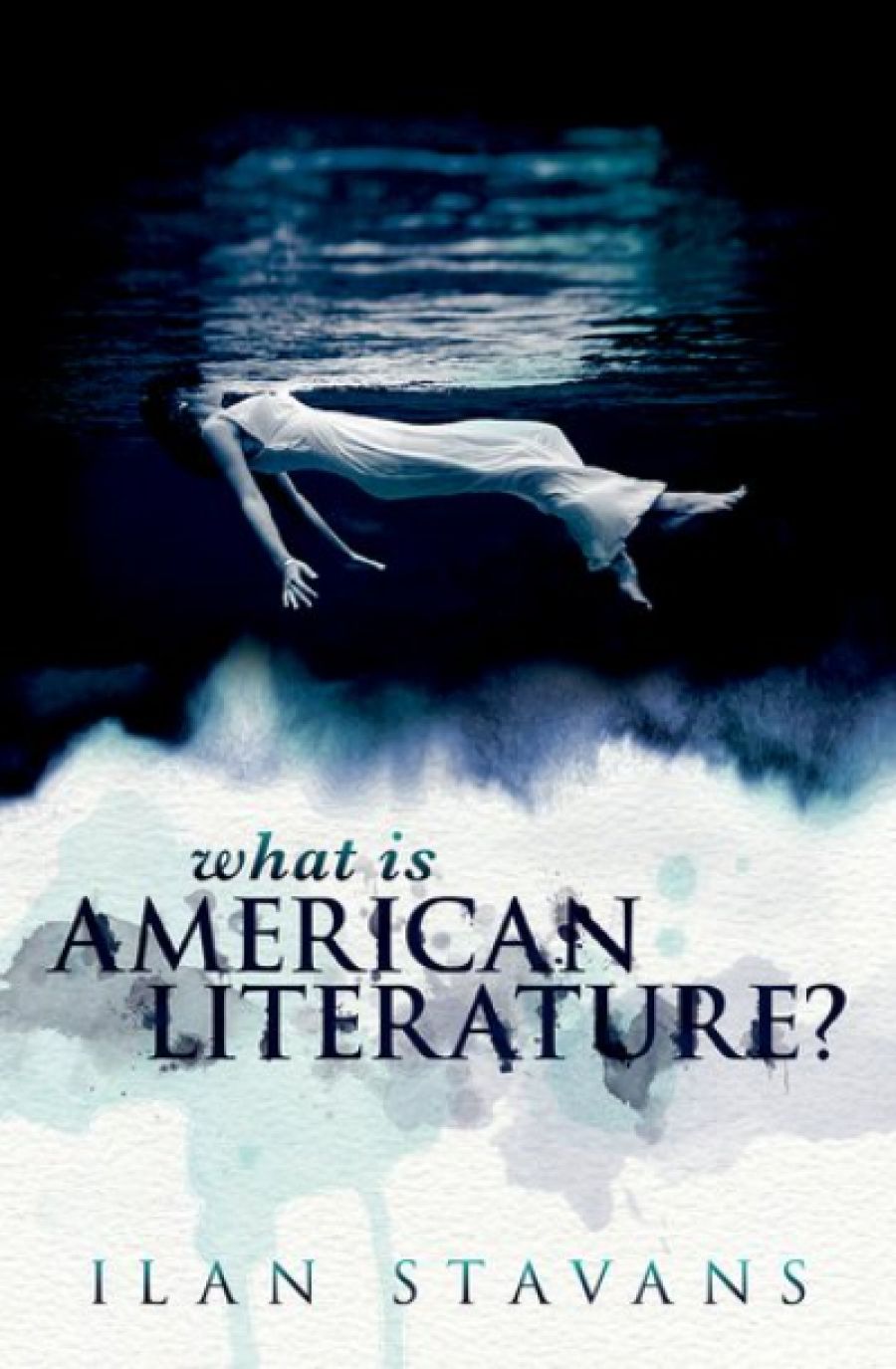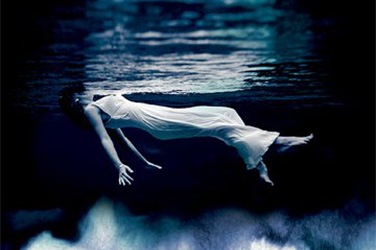
- Free Article: No
- Contents Category: Literary Studies
- Review Article: Yes
- Article Title: Looking for ground zero
- Article Subtitle: An outsider’s gaze on American literature
- Online Only: No
- Custom Highlight Text:
Ilan Stavans is a professor of Humanities at Amherst College in Massachusetts, a native of Mexico City who is now a distinguished scholar of Latin American and Hispanic cultures. Here he turns his outsider’s gaze on the large question ‘What is American Literature?’ to productive if rather erratic effect. This is a strange book, one that purports to achieve an Olympian overview of an established academic field, but one whose most effective contributions manifest themselves in casual, digressive comments on particular authors and contemporary cultural issues.
- Featured Image (400px * 250px):

- Alt Tag (Featured Image): Paul Giles reviews 'What is American Literature?' by Ilan Stavans
- Book 1 Title: What is American Literature?
- Book 1 Biblio: Oxford University Press, £19.99 hb, 209 pp
- Book 1 Readings Link: booktopia.kh4ffx.net/YgYgvJ
So far as the book’s titular question is concerned, it is clear that Stavans is working with overly simplistic models. Eschewing ‘traditional’ literary criticism, which, he says, ‘smells of Ivory Tower snobbery’, Stavans proposes instead a series of mythical templates through which American literature might best be understood. These involve familiar themes such as the quest (‘Everyone is on a journey since America itself is a journey’) and commercial commodification (‘American literature is like ‘McDonald’s’ cheap prices, everywhere the same’). The reductive quality of such over-generalisations hardly needs emphasising: where is the ‘journey’ in the claustrophobic dramas of Eugene O’Neill, for example, or in the geographically and psychologically enclosed spaces of celebrated American writers such as Philip Roth, David Foster Wallace, and Toni Morrison? And Herman Melville’s Moby-Dick, which Stavans describes as ‘truly the great American novel’, hardly fits with his stereotype of American literature as the stuff of ‘fast food’.
 Ilan Stavans (Wikimedia Commons)
Ilan Stavans (Wikimedia Commons)
The author’s underlying critical method here is based on his belief that literature should be open to ‘contradictions’, being inherently ‘jazzy, reacting to life spontaneously, as it happens’. Such a style of principled informality has a distinguished American intellectual ancestry in critics such as Alfred Kazin, who is briefly cited here, though Stavans is more attracted to a style of snappy aphorisms, something that tends to get in the way of any sustained analysis. At the same time, Stavans’s emphasis on this topos of spontaneity echoes the historical tendency to correlate American literature with overarching mythical archetypes. This was a critical idiom very common in the period after World War II, and Stavans’s proclivity for it indicates how his approach to these broader questions involves an implicit nostalgia for earlier eras of scholarship. Like the mythographers of old, Stavans is keen to identify a point of origin for the Americanist project, calling Mark Twain’s Huckleberry Finn ‘ground zero in American literature’, while also designating Emma Lazarus’s sonnet ‘The New Colossus’ (1888) ‘in terms of immigration ... the ground zero of American literature’. Seventeenth-century Pilgrim Father William Bradford is another who is, so we are told, ‘considered ground zero’ in American literature. Points of origin are about as conceptually dated as cassette tape players, but Stavans dismisses ‘obfuscating French theoreticians’ such as Foucault and Derrida, and the ‘pervasiveness of jargon’ they bring, in a single brief sentence.
But if the central premise of this book is flimsy, many of its local discussions are more compelling. Stavans has a particular interest and expertise in Jewish-American literature, and there are some astute observations here about Isaac Bashevis Singer, along with a provocative discussion of The Cat in the Hat (1957), where Stavans challenges the book’s apparent sense of domestic ‘conformity’ by arguing that it ‘prophetically announces what the American sixties would be about: upheaval, readiness to upset the status quo’, since ‘Dr. Seuss’s characters love messing things around, turning them upside down and inside out.’ Stavans also produces illuminating commentary on a wide range of cultural conditions framing twenty-first century American publishing, remarking that the children’s book industry is ‘the fastest in terms of growth’, and observing in knowledgeable detail how digital technology has subtly changed the contours of American literary language.
Intriguingly, Stavans contemplates the possibility of including advertisements in books, arguing that the publishing industry at the present time ‘can only be sustained by a hybrid approach’. Indeed, this book itself in many ways falls into such a ‘hybrid’ category. Alongside his college position, Stavans is host of the National Public Radio podcast In Contrast, and this work might be understood as a podcast in book form, a lively exposition of the subject that is full of bons mots and occasionally brilliant aperçus, even if it remains manifestly lightweight in its overall structural framework. While he amusingly critiques ‘the compulsive use by Donald Trump of exclamation marks’, Stavans himself is not immune to hyperbolic overstatement, as for example with his claim: ‘There’s not an iota of IQ left in the White House.’ This kind of idiom might work well enough in an NPR podcast, but it seems less suited to academic discussions. Similarly, though he lampoons Trump’s ‘misspellings’, this book itself contains many similar errors: ‘Luisa May Alcott’, ‘Thomas Mallory’, ‘Sommerville College’.
Nevertheless, this is a lively, wide-ranging, and frequently entertaining account of the American literary domain. As a general overview of the field, it is the kind of book that would be ideal for high-school or first-year university students who know little about the subject, but who have an interest in finding out more. It feels at times like an introductory undergraduate lecture rather than a work of considered scholarship, being full of half-truths and overstatements, yet making deliberate and generally successful attempts to retain the audience’s interest through its acute observations about the contemporary worlds of media and publishing. It also ends with a striking fantasy ‘epilogue’ about the Second American Civil War, supposedly running from 2023 to 2027, where Stavans describes how the cultural strife and divisions of the present time led to the secession of California, New York, and other federal states, resulting in three million deaths, nearly five times the number of victims who were killed during the first Civil War of the 1860s. This will probably never happen, but it has enough plausibility in the light of recent events to be thought-provoking and is just the kind of thing to keep a first-year undergraduate cohort on its toes. Pitched at a broad scholarly market and general readership, What is American Literature? offers little insight into its central question, but it does provide a good many imaginative and engaging detours around the subject’s byways and margins.


Comments powered by CComment